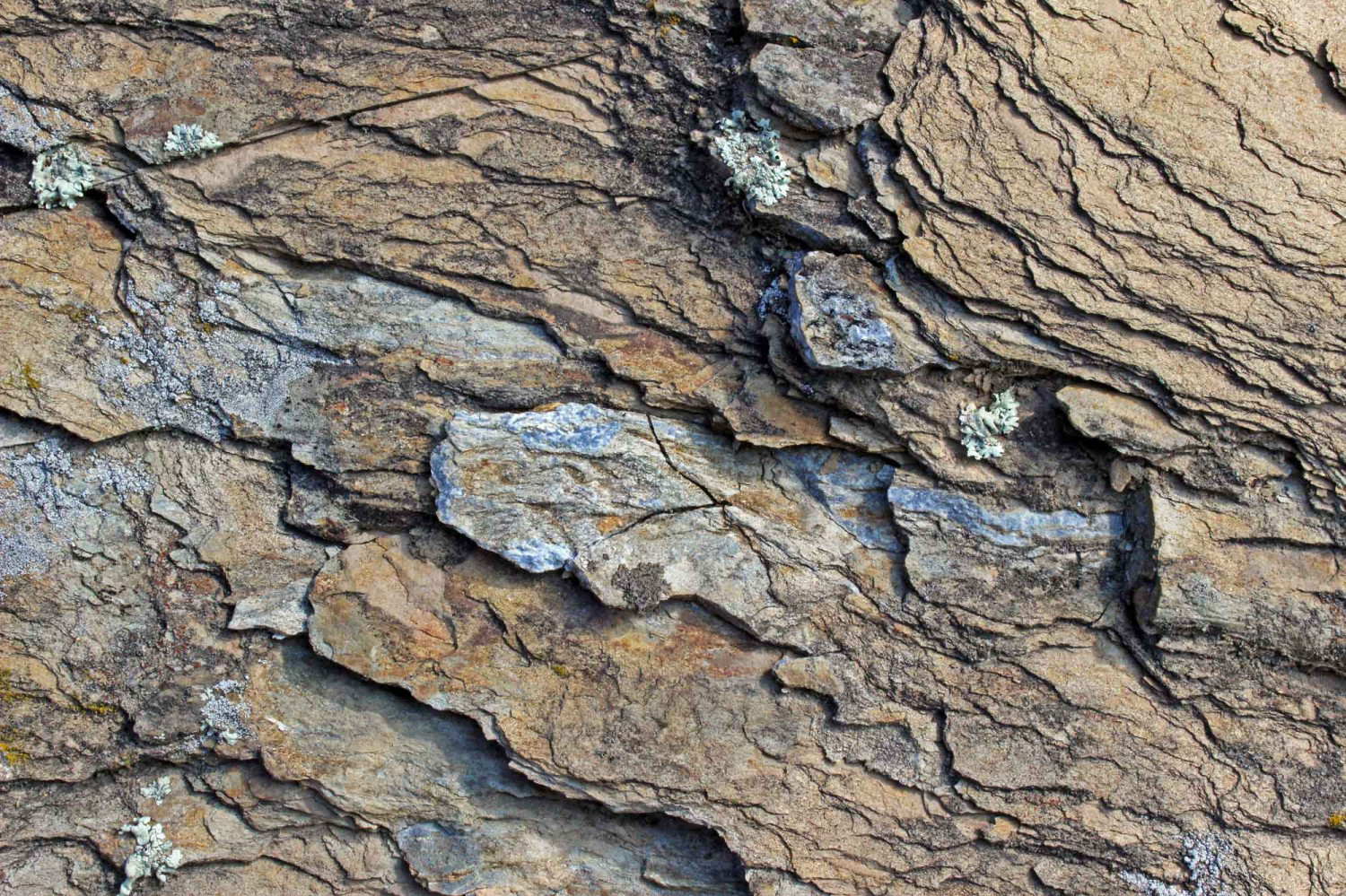

Paleontology
Paleontology is the study of what fossils tell us about the ecologies of the past, about evolution, and about our place, as humans, in the world. Paleontology incorporates knowledge from biology, geology, ecology, anthropology, archaeology, and even computer science to understand the processes that have led to the origination and eventual destruction of the different types of organisms since life arose.
Natural Born Killers
The first floor atrium and adjacent space features fossil casts of predators from the Mesozoic Era, 250-65 millions of years ago. This exhibit was created by UL students from the School of Geosciences as part of their coursework in geology. The exhibit explains the adaptations that dinosaurs, flying reptiles, crocodiles, and swimming reptiles that make them effective predators.
Deinosuchus
"Terrible Crocodile"
This giant croc lived during the Late Cretaceous period, from 82-73 millions of years ago. Adults grew up to about 40 feet long and weighed as much as 18,700 pounds. Fossils have been found in North America. Like modern crocs, it fed upon turtles, fish, and other aquatic and terrestrial prey. However, its large size meant it could also prey upon dinosaurs!
Carnotaurus
"Meat Eating Bull"
This dinosaur lived during the Late Cretaceous period, from about 72-69.9 millions of years ago. These animals lived in South America and were about 25-30 feet long and weighed about 3000 pounds. This animal gets its name from the horns on its skull. This is the only known example of a carnivorous dinosaur with horns above the eyes.
Tyrannosaurus
"Tyrant Lizard"
This well-known dinosaur lived during the Late Cretaceous period, from 90-66 millions of years ago in North America. Adults grew up to about 40 feet long and weighed as much as 15,000 pounds. Be sure to check out its teeth! They had serrated edges for gripping the meat while also ripping it. The teeth average 8 to 9 inches long.
Megatylopus
Beyond the atrium, a fossil of an extinct giant camel, called Megatylopus, is on display as part of the UL Lafayette Geology collection. The fossil is the most complete skeleton known of the creature, which stood 12-14 feet tall and functioned much like a giraffe. The excavation and transport of the 7 million year old fossil found in Oregon was completed by Dr. James E. Martin, curator of paleontology and research professor with UL's School of Geosciences.
Age of Dinosaurs
In the lobby and on the second floor, students can examine dinosaur fossil casts from the late Jurassic Period including Allosaurus, Camptosaurus, and Stegosaurus. The Jurassic Period is also known as the Age of Dinosaurs. During the Jurassic Period, from about 199 to 145 million years ago, the supercontinent of Pangaea split apart opening up basins that would form the Atlantic Ocean.
UL Lafayette Geology Prep Lab
While viewing Megatylopus, visitors can also see geologists at work in the UL Geology Preparation Laboratory. Faculty, staff, students, and volunteers work in the lab to remove fossils and minerals from rocks collected in the field. Using microscopes, miniature jack hammers and sandblasters, and other tools, preparators locate fossils ranging from minuscule mice to immense mammoths. The fossils and mineral specimens are prepared for scientific research, displays, and preservation.
News 15's Jordan Sandler gives a more in depth look at the work of the prep lab's scientists, students, and volunteers:
